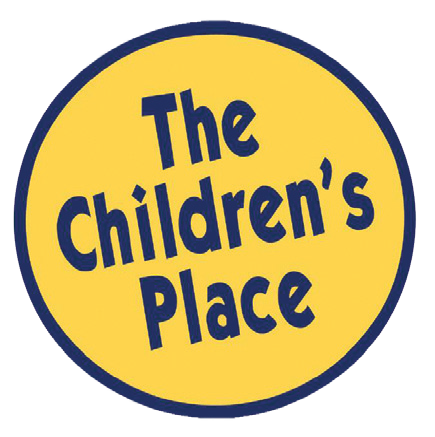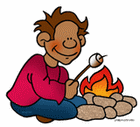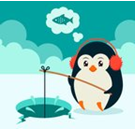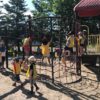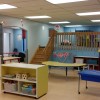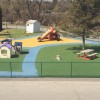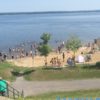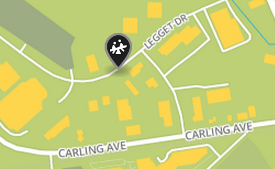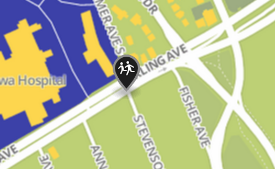Winter doesn’t have to be a bad word when it comes to getting outdoors for some much-needed play time with your children. Some fun activities for cold weather are ice skating, ice fishing, sledding, and skiing/snowboarding.
At TCP we love the winter weather! There are many things we do at the daycare to make winter enjoyable. Some of our favourite things are making snowmen, snow shoeing, sledding and of course having hot chocolate! Every year at Kanata the school age children can climb and slide down ‘the big hill’ that gets snowplowed at the back of the 312-parking lot. At our Carling location we enjoy painting the snow different colours and having snowball fights! ?
On the Friday of March Break there is a parking lot party at our Kanata location. We close the parking lot so the school-age children can dance, sled, snowshoe and make snow angels. The creative ideas are endless. We have a safe small fire pit that we make smores on and the children enjoy an outdoor BBQ prepared by our staff. YUM!
Let’s talk about how to keep everyone safe and having an amazing time with some of these activities:
Ice Skating:
- Skates should be comfortable, with good ankle support to avoid twists, sprains, or breaks.
- Obey all signs posted on or near the ice. Yellow signs usually mean skate with caution, and red usually means no skating allowed.
- Never assume it’s safe to skate on a lake or pond. An adult should make sure the ice is at least 10 cm (4”) thick for skating alone or 20 cm (8”) for skating. Do not walk on ice near moving water. Ice formed on moving water, such as rivers and creeks, may not be thick enough to be safe.
Ice Fishing:
- Don’t trust the ice—always be aware of the thickness and quality of ice to reduce risk of breaking through
- Check with local authorities for regional guidelines and information on local ice conditions before heading out.
- Where ice is checked for thickness, obey posted signs on when and where ice surface is acceptable for activities.
- Avoid any open holes in lakes and rivers.
- Avoid traveling on any ice at night.
- Be aware of currents and/or tides as these locations cannot be trusted to have consistent ice thickness.
- Wear a flotation device and cold protection suit, even if you’re fishing from shore or on thick ice.
- Carry rescue equipmentThis includes ice picks, a rope, a cell phone (in a waterproof container) and a first aid kit. Other safety equipment to be considered includes: flashlight, waterproof matches/lighter, tool kit, candles and survival blanket.
Sledding:
- Children under 5 years of age should never go down a hill alone.
- Always wear a ski or hockey helmet – not a bicycle helmet – while sledding.
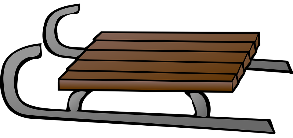
- Use a sled you can steer rather than a snow disk or inner tube. It will provide better control.
- Always sit up or kneel on a sled. Lying down can increase the risk of injury to the head, spine, and stomach.
- Never sled on or near roadways. Look for shallow slopes that are free of trees, fences, or any other obstacles.
- Avoid sledding on crowded slopes.
- Sled during the day. If you sled at night, make sure the hill is well lit.
- Sleds that are lifted up onto skis (e.g., GT Racers) are not recommended because they can reach dangerous speeds.
- Slide down the middle of the hill and climb up along the sides. Remember to watch for other sledders and move quickly out of the way once at the bottom of the hill.
Skiing/Snowboarding:
- Children should take lessons from a certified skiing or snowboarding instructor.
- Young children should never ski or snowboard alone.
- Equipment should be checked every year for proper fit and condition. Bindings should be checked annually by a
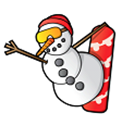
- qualified technician.
- Children should always wear a helmet with side vents so they can hear. Earphones should never be worn when skiing or snowboarding.
- Children should watch for other skiers, snowboarders, and other obstacles on the slopes.
- Wrist guards should be worn when snowboarding to reduce the risk of wrist injuries.
- Goggles should be worn to protect eyes from bright sunlight and objects, like tree branches.
- Icy hills should be avoided.
- Children should always stay in open ski areas and on marked trails.
